WILDLIFE-What You Should Have Asked Your Teachers About(Defination,Importance,Types,Conservation,Sanctuaries)
WILDLIFE- Basic Defination
WILDLIFE generally refers to the animal species which are not domesticated by others. It includes all plants, fungi and other organisms that grow and live wild in an area without being introduced by humans.
In popular term we usually refers to the animals that are untouched by human factors but most scientists agree that much wildlife is affected by human activities.
It can be found in all ecosystems like deserts, forests, rain forests, plains, grasslands and other areas including the most developed urban areas all have distinct forms of wildlife.
Humans have historically tended to seperate civilization from wildlife in a number of ways, including the legal, social and moral senses. Some animals, however have adapted to suburban environments. This includes such animals as domesticated cats, dogs, mice and gerbils. Some religions declare certain animals to be sacred and in modern times concern for the natural environment has provoked activists to protest against the exploitation of wildlife for human benefit or entertainment.
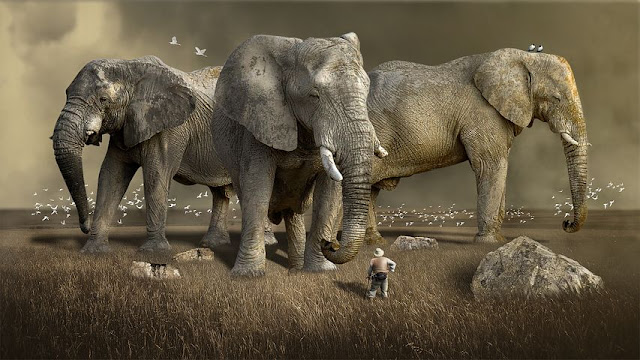
Importance of WILDLIFE
WILDLIFE plays an important role in balancing the environment. The importance of wildlife can be categorized as ecological, economic and investigatory importance as well as conservation of biological diversities etc.
1. Ecological balance-
a] We want an Earth having different species living in it in a required population so that the balance should be maintained and extinction of animals should be rare.
b] As proper balance available food chains can be easily cycled from one to another.
c] Circulation of inorganic nutrients between biotic and abiotic environments is necessary.
2. Economic importance-
a] various resources like several drugs, gums, resins, paper, firewood, honey, feather, spices, oils, leathers, silk etc obtained from wildlife.
b] various benefits like tourism, ivory, hide, exports though after death of wild animals it is legally banned.
3. Investigatory importance-
As according to name, some animals are also used to test the effects of medicines on them. Rats are first used to test because they have similar body design that supports scientific experiments. Monkey, chimpanzee are also used for this purpose. Like we are seeing this in current pandemic covid-19(corona)situation, vaccines are being tested on them in phase-1 trials and after successful attempt its being tested further.
Types of WILDLIFE in India-
1.Black panther-
Generally found in Kabini wildlife Sanctuary, Karnataka
2. Indian leopard-
If u wanna see you have to go Jawai Dam sanctuary, Rajasthan
3. Snow leopard-
Generally found in Hemis National Park, Jammu and Kashmir.
4. Bengal Tiger-
Found in Bandhavgarh National park, Madhya pradesh.
5. Asiatic lions-
Generally found in Gir forest National park, Gujarat.
6. Clouded Leopard-
Generally found in Clouded Leopard National park, Tripura.
7. Indian Rhinoceros-
Found at Kaziranga National park, Assam.
8. Indian Elephant-
Generally found at Periyar Wildlife sanctuary, Kerala.
9. Indian Bison-
Generally found at Dajipur Bison wildlife sanctuary, Maharashtra.
10. Wild water Buffalo-
Generally found at Manas National park, Assam.
11. Indian Wild Ass-
Generally found at Indian wild Ass sanctuary, Gujarat.
12. Sloth Bear-
Generally found at Daroji Sloth Bear sanctuary, Karnataka.
13. Barasingha-
Generally found at Kanha National park, Madhya pradesh.
14. Red panda-
Found at Singalila National park, West Bengal.
15. Indian Giant Squirrel-
Generally found at Bhimashankar wildlife sanctuary, Maharashtra.
16. Golden Langur-
Generally found at Kakoijana reserved forest, Assam.
17. Dhole Dog-
Generally found at Bandipur national park, Karnataka.
18. Saltwater Crocodile-
Generally found at Bhitarkanika national park, Odhisha.
19. King Cobra-
Generally found at Agumbe rainforest, Karnataka.
20. Birds-
A variety of birds found at this planet. Generally can be seen at Keoladeo national park also known as Bharatpur Bird Sanctuary.
WILDLIFE SANCTUARIES IN INDIA-
There are more than 543 wildlife sanctuaries in India. Some major of them are-
WILDLIFE CONSERVATION-
Wildlife conservation refers to the practice of protecting wild species and their habitats in order to maintain healthy wildlife species or populations and to restore, protect or enhance natural Ecosystems. Major threats to wildlife include habitat destruction/degradation/fragmentation, overexploitation, poaching, pollution and climate change. The IUCN estimates that 27,000 species of the ones assessed are at risk for extinction. Expanding to all existing species, a 2019 UN report on biodiversity put this estimate even higher at a million species. It's also being acknowledged that an increasing number of ecosystems on Earth containing endangered species are disappearing. To address these issues, there have been both national and international governmental efforts to preserve Earth's wildlife.
WILDLIFE PROTECTION ACT-
The Wild Life Protection Act, 1972 is an Act of the Parliament of India enacted for protection of plants and animal species. Before 1972, India had only five designated national parks. Among other reforms, the Act established schedules of protected plant and animal species; hunting or harvesting these species was largely outlawed. The Act provides for the protection of wild animals, birds and plants; and for matters connected there with or ancillary or incidental thereto. It extends to the whole of India. It has six schedules which give varying degrees of protection. Schedule 1 and part II of Schedule 2 provide absolute protection - offences under these are prescribed the highest penalties. Species listed in Schedule 3 and Schedule 4 are also protected, but the penalties are much lower. Schedule 5 includes the animals which may be hunted. The specified endemic plants in Schedule 6 are prohibited from cultivation and planting. The hunting to the Enforcement authorities have the power to compound offences under this Schedule (i.e. they impose fines on the offenders). Up to April 2010 there have been 16 convictions under this act relating to the death of tigers. Later few amendments done to make the act more stronger.
WILDLIFE INSTITUTE OF INDIA-
The Wildlife Institute of India (WII), an autonomous institution under the Ministry of Forest and Climate change, Government of India, was established in 1982.WII carries out wildlife research in areas of study like Biodiversity, Endangered Species, Wildlife Policy, Wildlife Management, Wildlife Forensics, Spatial Modeling, Ecodevelopment, Ecotoxicology, Habitat Ecology and Climate Change. WII has a research facility which includes Forensics, Remote Sensing and GIS, Laboratory, Herbarium, and an Electronic Library. The founder director was V. B. Saharia while the first Director was Hemendra singh panwar who remained the director from 1985 to 1994. Trained personnel from WII have contributed in studying and protecting wildlife in India. The national tiger census or the All India Tiger Estimation, is done by WII alongwith NTCA and state forest departments.
The institute is based in Dehradun, India. It is located in Chandrabani, which is close to the southern forests of Dehradun. The campus is 180 acre's, from which 100 acre's is in wilderness and 80 acre's is operational facilities.
Hope you got the proper information about WILDLIFE, WILDLIFE SANCTUARIES, WILDLIFE CONSERVATION, TYPES OF WILDLIFE, WILDLIFE PROTECTION ACT.
Tags: Wildlife, Wildlife sanctuaries, Types of wildlife, Wildlife conservation, Wildlife protection Act. |

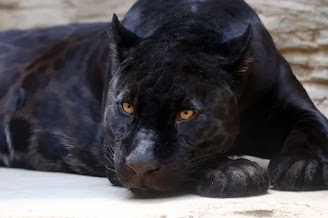
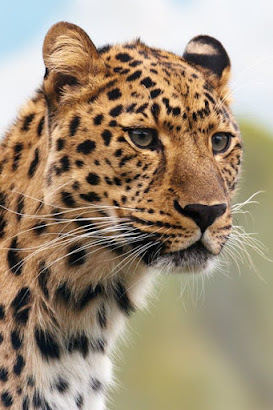

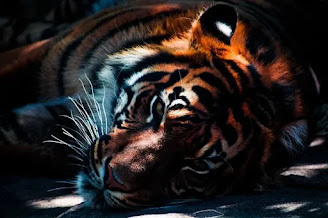



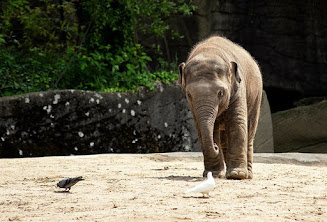

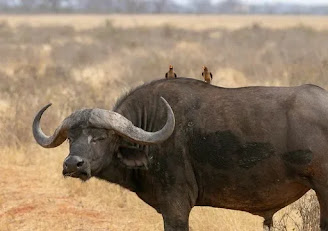
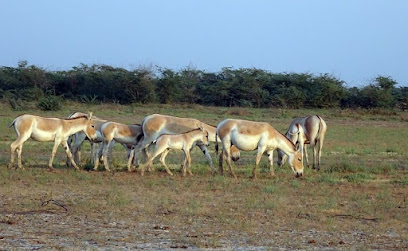
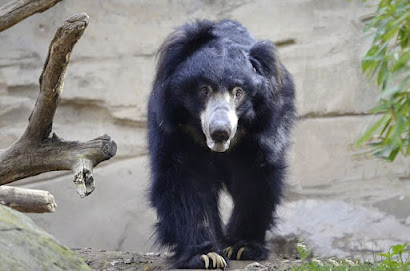
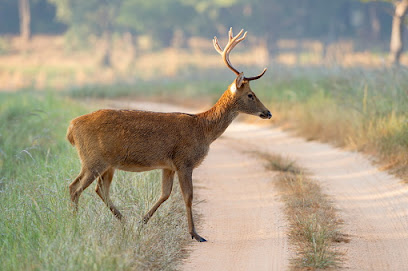










Comments
Post a Comment
If you have any doubts, please let me know